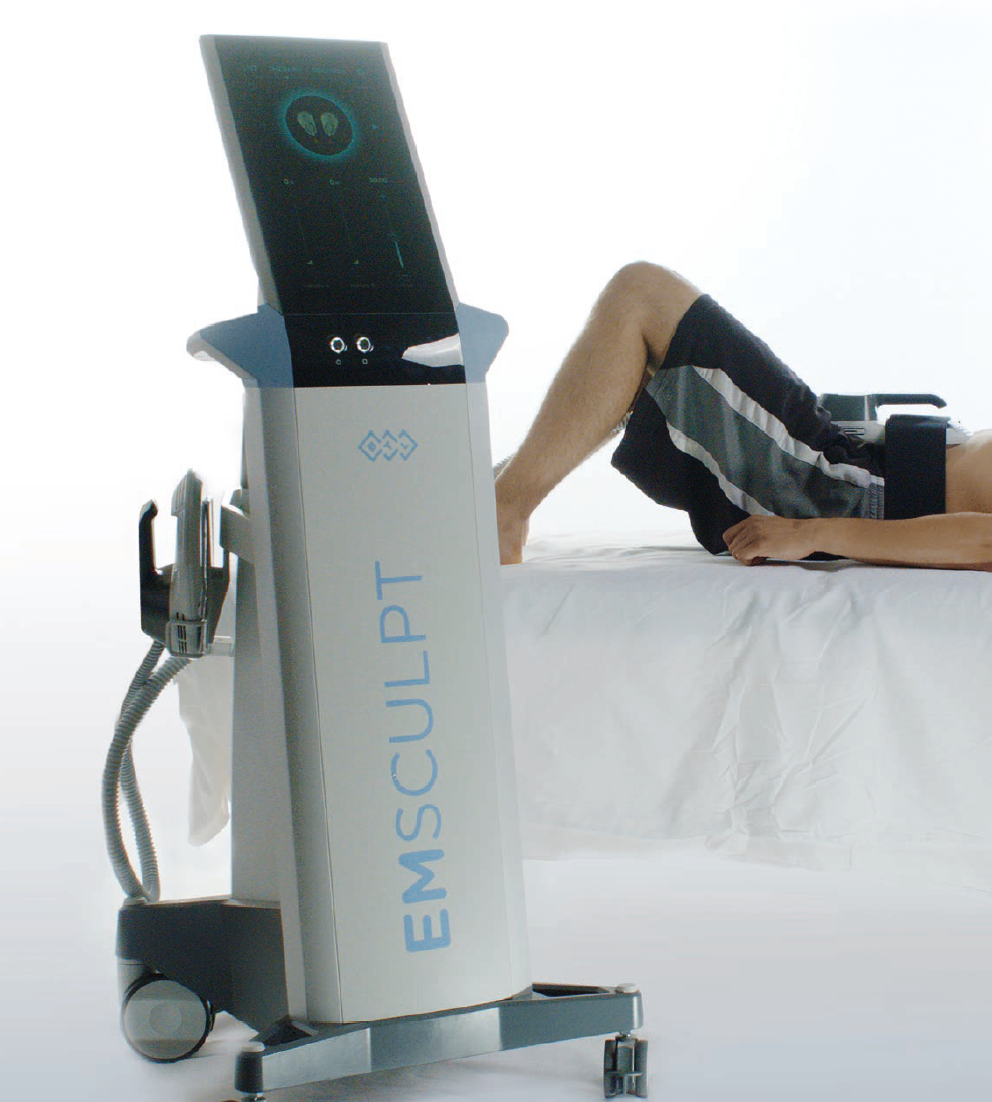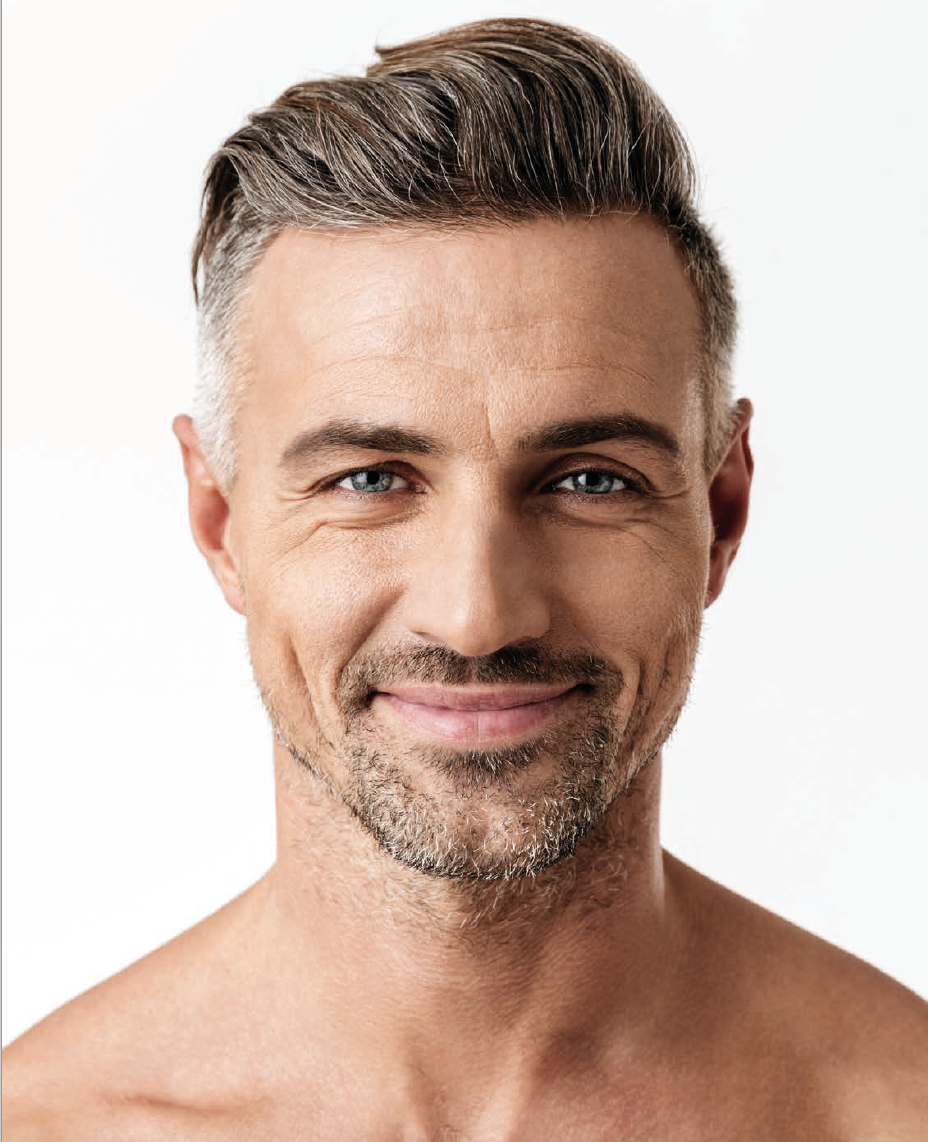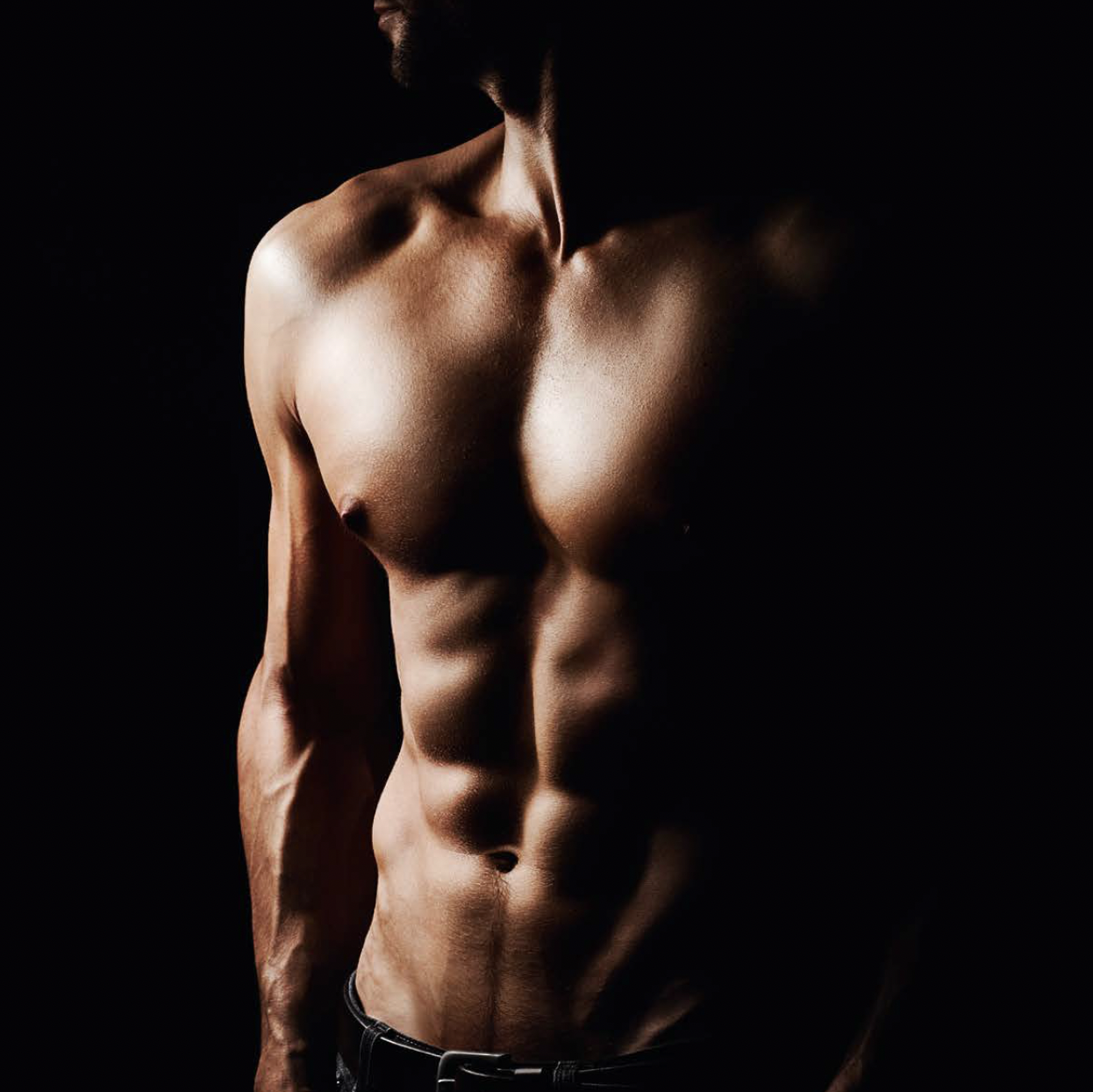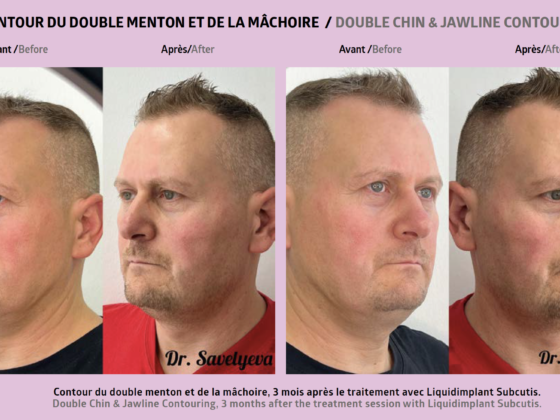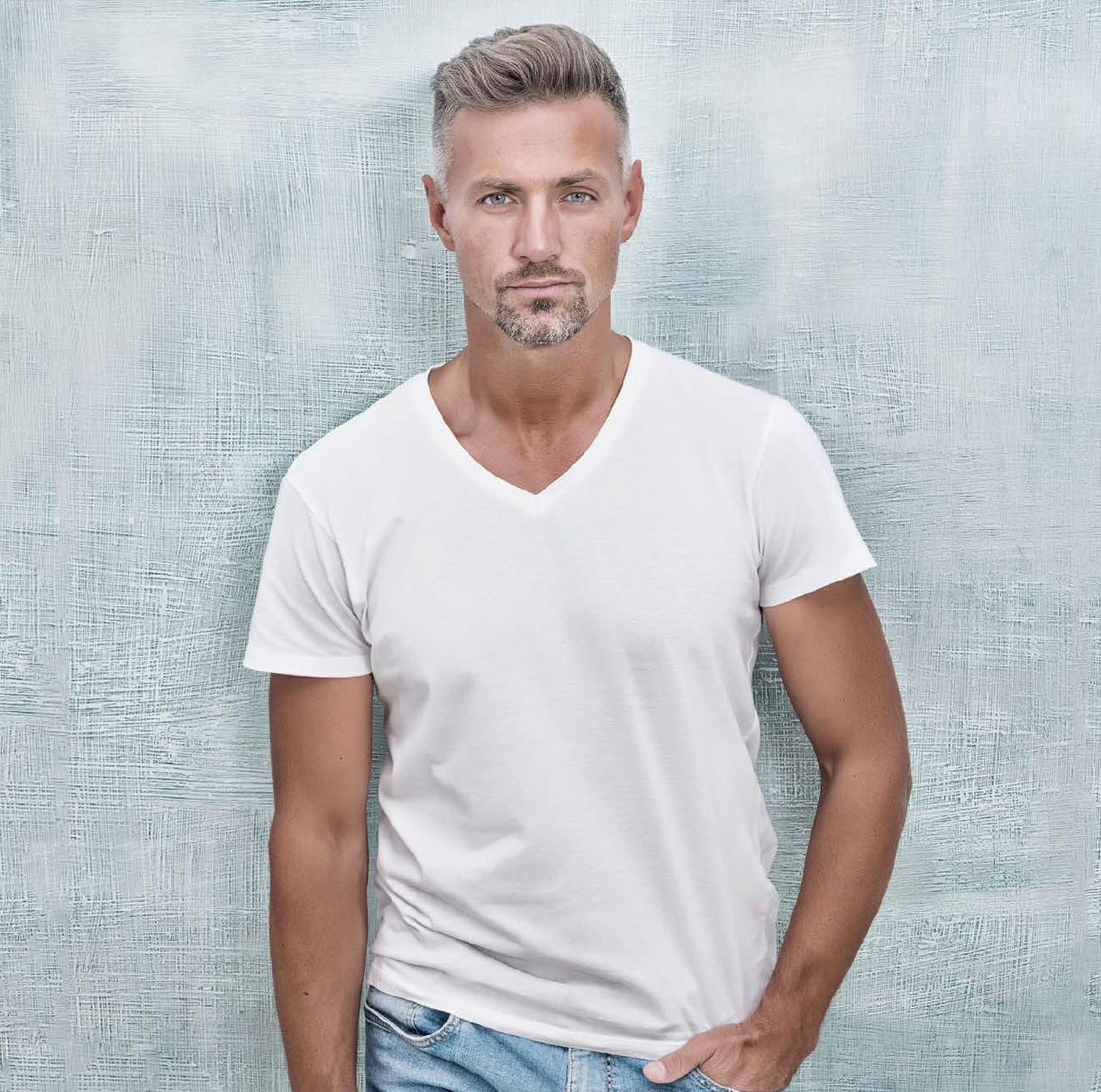By Doctors Pierre Bouhanna and Eric Bouhanna
In men, hair transplants provide a permanent, aesthetic solution for most hair loss or thinning in certain pilous regions. The main motives for treatment are androgenetic alopecia and permanent alopecia in the eyebrows or beard. Some adjuvant treatments can also be carried out (platelet-rich plasma, cellular injections (Rigenera®), LEDs (LLLT), etc.).
I. Confirmation of diagnosis and Assessment of the micrograft donor site
An automatic, digital trichoscale® camera enables us to diagnose and analyse the hair growth, i.e. the density and calibre of the hair. For each patient, this technique allows us to measure the potential of the micrograft donor site and to record the quality of regrowth in the transplanted hair.
II. There are currently two micrografting techniques: FUE and FUT-FUL
- Micrografting technique with segmented follicular units (FUT-FUL)
The hair, harvested from areas of the crown that are not affected by alopecia, conserves its ability to grow after transplantation and for the patient’s whole lifetime but, once harvested, there will be fewer of these hairs in the donor site.
This procedure, which involves transplanting grafts containing 1 to 3 hairs, seeks to recreate the natural growth of 2 to 3 hairs from each pilosebaceous duct and thus avoids the unsightly “doll’s hair” look.
Without shaving the hair first, a strip of scalp containing long hairs (between 10 and 30cm long) is removed, then the donor site is closed up with stitches or staples. The scar is very fi ne, linear, horizontal and almost invisible. The strip of scalp is cut under a microscope into small pieces containing 1 to 3 hairs (follicular units).
- These follicular units are transplanted into the alopecic area using needles and microsurgical tongs, or with a Choi implanter. 1,000 to 5,000 hairs are transplanted in one session.

Important note:
If the patient is happy to shave their scalp, the thin scar can be completely invisible if we transplant a few FUE. The donor site will immediately be covered with the hair that was left long on the implant site, and the scabs will be hidden by the long hair.
2. Follicular Unit Extraction (FUE)
After shaving the scalp, Follicular Unit Extraction (FUE) involves extracting intact Follicular Units directly from the donor area using 0.8 to 0.9mm micro punches.
This technique allow us to transplant between 1,000 and 4,000 hairs per session. The extraction will leave behind miniscule round scars. Any hairs harvested will not grow back in the donor site.
Automatic machines (Neograft®) and robots (Artas®) are only available in limited centres.
III. Adjuvant treatments
In addition to classic treatments such as Minoxidil 5% lotion, we can stimulate the growth of the “miniaturised” hairs present in cases of androgenetic alopecia with PRP (platelet-rich plasma) injections, with cellular meso-graft injections (Rigenera®), or with LED rays (LLLT).
IV. Indications for grafts
- Male androgenetic alopecia (MAA)
Measurements are made according to the Bouhanna multifactorial classification of male and female androgenetic alopecia: fixed distances of the face, scalp mobility and thickness, and covering power of hair according to its density, calibre, shape, length and colour.
- Stage I (accentuation of hair loss at the temples and possibly the calvaria)
- Stage II (receding hairline on the top of the head, and possibly the calvaria)
- Stage III –“Hippocratic wreath” baldness, where there is only hair on the crown
- For Stage I (Hamilton II-III), transplant of 1,500 hairs in 1 session (transplant of 3,000 hairs when also treating the calvaria)
- For Stage II (Hamilton IV-V), transplant of 3,000 hairs in 1 session (up to 4,000 hairs when also treating the calvaria)
- For Stage III (Hamilton stage VI-VII), up to 7,000 hairs transplanted, over 2 sessions.
2. Permanent alopecia in the eyebrows or beard
Hairs are transplanted “one hair at a time” using a fine needle to densify or completely rebuild the eyebrows or fill in any bald patches in the beard or moustache. The transplantation of hair micrografts in male androgenetic alopecia can be a useful complement to certain treatments (Minoxidil, LEDs, PRP, Rigenera® cellular injections). Follicular Unit Long hair (FUT-FUL) and Follicular Unit Extraction (FUE) can be used together to resolve most hair loss issues in men.
All of the treatments mentioned can medically or surgically treat most types of permanent alopecia in the scalp, beard or eyebrows, through cell regeneration or hair restoration.
Doctor Pierre Bouhanna
Surgical dermatologist for the hair and scalp, affiliated to Saint Louis Hospital in Paris (Sebouraud Centre for the Hair and Scalp). Coordinator of the university degree in Hair and Scalp Surgery (Paris VI University). Expert consultant for the Ministry of Health.
Doctor Eric Bouhanna
Plastic and aesthetic surgeon in Paris. Specialises in plastic, reconstructive and aesthetic surgery, and in hair surgery. Inter-university degree in surgical anatomy of the head and neck (Paris VI Medical Faculty). Course leader for the university degree in Surgical Pathology and Therapy for the Hair and Scalp.

